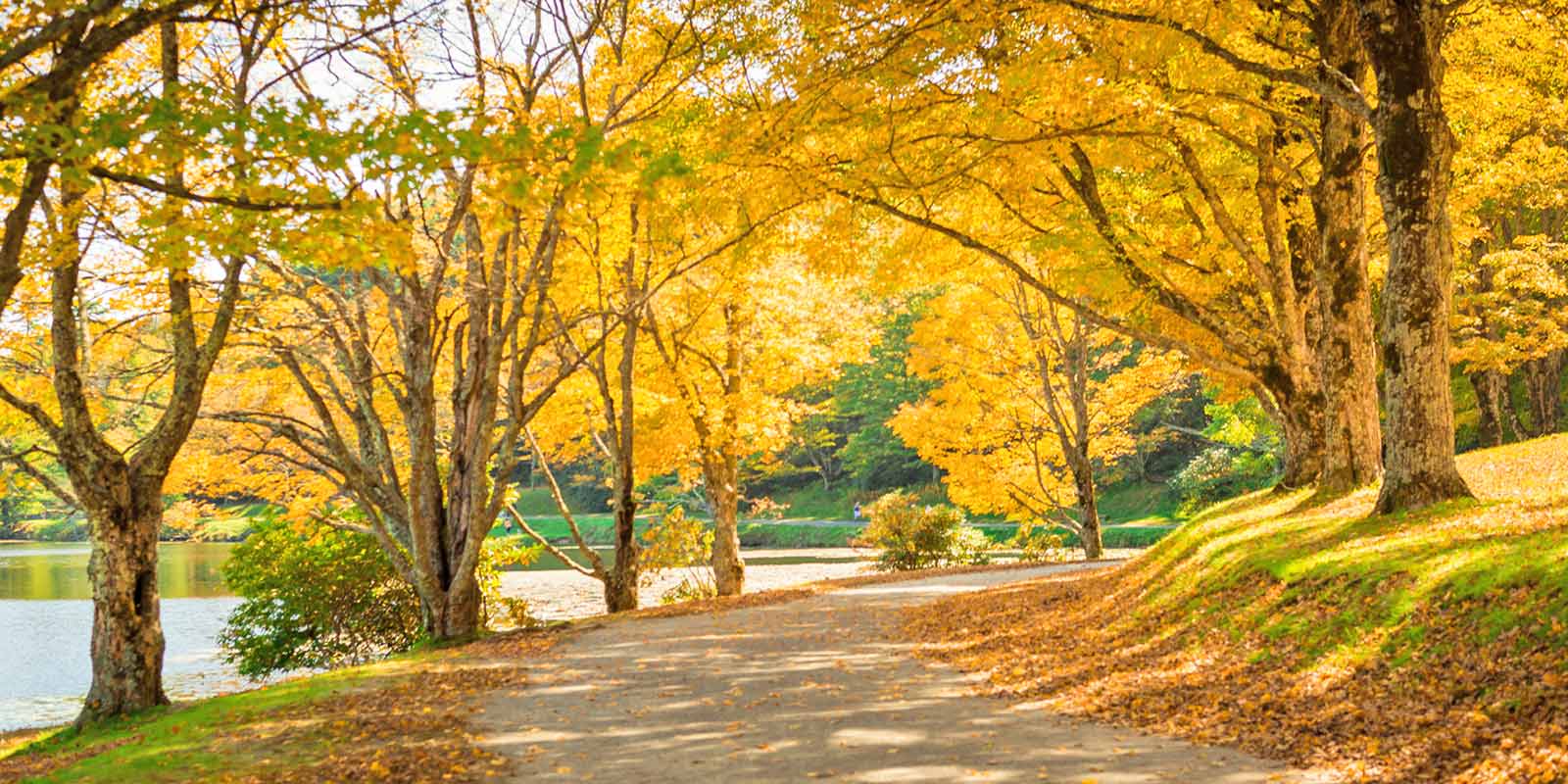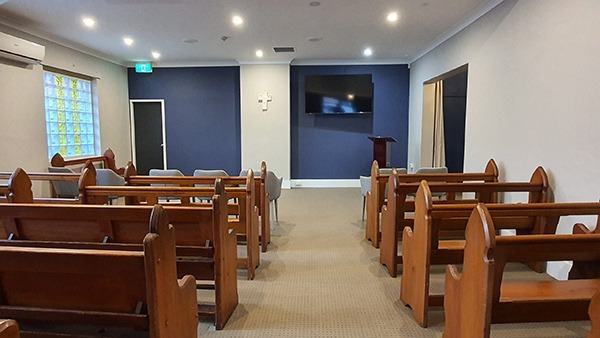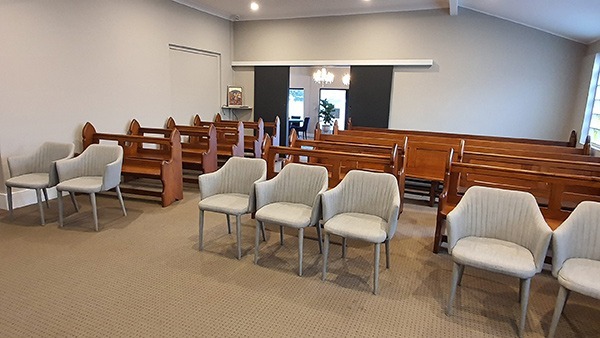
Funeral, Burial & Cremation FAQ Sydney | Central Coast
Who is authorised to make the funeral arrangements?
What percentage of funerals are burials and cremations?
NSW Government data shows that in 2020-21, 29.5% of funerals were burials, and 70.5% were cremations.
Can we have a viewing before a cremation or a burial?
- as a separate event, a day or two prior to the funeral. This allows you to choose to make it a private event for just a select group of family and friends, if you wish; or as
- part of the funeral ceremony
How soon after death should the funeral be held?
It is possible to hold a funeral as soon as 24 hours after the death, except if it was an unexpected death and the Coroner needs to be involved.
Most funerals are held after two or three days, but can be delayed for weeks if necessary.
Where can a funeral service be held?


How can a funeral service be personalised?
- Place a photo of the deceased on the coffin.
- Place other personal items on the coffin, such as a favourite hat, chessboard etc.
- Have the deceased’s favourite music playing.
- If they were a member of a club or organisation, invite them to attend and perhaps form a guard of honour.
- Have family of close friends read a eulogy, poem or religious passage.
- Organise for family and/or friends to be pallbearers.
May I participate in the funeral service?
How should I write a eulogy?
What’s the difference between a coffin and a casket?
What is embalming? When is it necessary?
- When the delay between death and a viewing exceeds the NSW Health guidelines.
- When the deceased must be transported interstate or overseas.
- When the deceased will be buried above ground in a crypt, vault or mausoleum.
Does the government provide any financial assistance following a bereavement?
- Single Pensioners: The estate will receive one full pension payment after the person’s death.
- Sole Parent Pension: If a child dies, the parent may be entitled to a further 14 weeks following death. It will be paid in a lump sum.
- Married Pensioners: If your spouse dies, you may be eligible to receive a further 14 weeks of their pension, which may be paid in a lump sum.
- Carers Pension: If you are receiving carers pension and the person you’re caring for dies, you may be entitled to receive a further 14 weeks of pension, which will be paid in fortnightly payments.
- Surviving Spouse – Bereavement Allowance Pension: If your spouse dies, and you do not have sufficient means to support yourself, then you may receive 14 weeks of bereavement allowance.
- Widows Allowance: If the surviving wife has no recent workforce experience and is over 60, she may be entitled to regular payments.
Can a deceased body be donated to science?
- the person who wishes to donate their body must provide consent for the donation in writing before their death.
- Or, the senior available next of kin can provide consent in writing after death, as long as they are not aware that the person would have objected.
How should I deal with grief?
What is cremation?
Cremation is the use of intense heat to reduce a body to its basic elements. The process takes place in a special furnace called a retort or cremation chamber, with temperatures between 900 and 1100 degrees Celsius.
Is cremation environmentally friendly?
Yes. While, in the short term, cremation produces more CO2 than burial. Studies have demonstrated that in the long term, 10-50% less CO2 is produced. This is unexpected outcome occurs because a burial plot and the cemetery grounds must have their lawn mowed and maintained far into the future. The lawn may also require fertilising and watering to keep it looking good.
When does the cremation take place?
Is a coffin necessary for cremation?
Yes, use a coffin must be used for all cremations, including direct cremations, according to the NSW Public Health Regulation 2022. If you want the coffin or casket to be present during a funeral ceremony, then you’ll probably want one that is at least basically presentable. But if you are opting for a direct cremation, or will only hold a ceremony after the cremation, then we will use an very affordable, low-cost coffin.
How long does the actual cremation take?
The actual cremation process usually takes two to three hours for an adult, depending on the weight of the person. There will also be an additional hour or two required for preparation and then for cooling of the ashes.
Can the family be present during the cremation process?
Families can only be present to watch the coffin entering the cremator, but the crematorium will charge an additional fee for this.
What can be done with the ashes?
There are several main options:
- The ashes can be memorialised at a cemetery or memorial garden by either:
- Placing them in a wall niche.
- Burying them.
- Ashes can be placed in an urn and kept at home.
- Burying the ashes and planting a tree over the top.
- Scattering the ashes in one or more places.
There is no rule that the ashes must be kept together, so some family members may wish to keep a portion of the ashes and the rest can be scattered, or any combination.
Can I take ashes overseas?
Do I need permission to scatter the ashes?
Yes, to scatter ashes you must get permission from the owners of private land, or the Trustee of parks and reserves, or from local council for parks, beaches and playing fields, because scattering of ashes in some circumstances may be illegal according to the air or water pollution guidelines. Councils and other government authorities may determine when and where scattering of ashes can take place, and may also impose other conditions.
You can get more information from the NSW government health website about what you can do with ashes.
Where are the crematoriums in Sydney located?
What are some reasons for choosing a burial funeral?
The main reasons for choosing burial are:
- Tradition: It just feels ‘right’.
- Religious reasons.
- Some people really don’t like the idea of cremation.
Is there any difference between interment and burial?
Legally, there is no difference between the two, but ‘interment’ is the term that’s normally used in legal documents.
In everyday language, however, there traditionally, there hasn’t been any difference between the two. However, with the increased popularity of cremation, it is more common to use ‘interment’ when referring to what is done with ashes, even when the ashes are placed in an above-ground wall niche. And ‘burial’ is more commonly used when referring to what is done with a coffin or casket—even when it is placed in a mausoleum, crypt, or vault it is called an above-ground burial.
What happens at the cemetery?
Do we need pall bearers to carry the coffin or casket to the burial plot?
How Much Does A Burial Funeral Cost?
In Sydney, the main part of the cost of a burial funeral is the cost of the burial plot itself, which must be paid to the cemetery. The average cost of a burial plot in Sydney is over $9000, which is more than the rest of the funeral costs.
The price will vary depending on whether you chose a one or two service funeral because venue hire and hearse costs will differ.
to suit your wishes and your budget.
Where are the cemeteries in Sydney?
Here is the government’s full list of the cemeteries in NSW
Is buying an interment right the same as buying a burial plot?
- Perpetual interment rights: are the same as before. You buy the right to use it forever.
- Renewable interment right: the initial purchase price, only gives you the right to use the burial plot for 25 years. If you wish to use it for another 25 years, you must renew your right by paying an additional amount. You can renew it up to three time (for a total of 99 years of use). If an interment right is not renewed, the cemetery operator may place the human remains in an ossuary box and either re-inter it at a greater depth in the same plot, or move it to an ossuary house. The interment right for that plot will be sold to someone else and the plot re-used.
Who can be buried at a burial plot?
Is burial on private land allowed?
Is there any difference between burial and interment?
Traditionally, there has not been any difference between the two. But now that cremation is has become more popular, it is common to use ‘interment’ when referring to what is done with ashes, even when the ashes are placed in an above-ground wall niche. And it is more common to use ‘burial’ when referring to what is done with a coffin or casket—even when it is placed in a crypt, vault or mausoleum it is called an above-ground burial.
Who many people can be buried in one grave?


Being a fairly close and small family, our desire for my brother’s funeral was to have it handled by a family company, rather than a franchise of a corporation that owned a string of funeral parlours around the country. We could not have been happier with your service We met Debbie and was comfortable with her approach and experience. She turned out to be very genuine with great pride and understanding in carrying out the family’s wishes. We could not have been in better hands in the days leading up to the service and on the day.
Dear Debbie, on behalf of Lesya and I, we can’t express in words how appreciative we are of you for taking care of us and our little buss in a difficult time. Your generosity of spirit and compassion was something we will never forget. We are reassured and feel more at ease now that our little one that we did not get to meet is resting peacefully and will live on forever in our hearts. Spending some time with Lesya, Max and I following the burial was also very much appreciated.
Dear Debbie, Thank you for making Isabella’s ceremony such a special day, and for taking gentle care of our beautiful girl. It is a time that will be remembered in our hearts and minds forever. We have a beautiful photo of the balloons floating in the clear blue sky which I look at often and Mila adores.
Dear Debbie, these past two weeks have been the saddest time in my life. Your gentle empathy will never be forgotten. You looked after Oliver as if he was one of your own family and we now relatives. Notwithstanding your kindness, the organisational aspect of his funeral was conducted seamlessly and with great dignity.
Thank you, especially, and your colleagues for reducing the stress of this sorrowful and painful time. You enabled us to focus on closure and allowed Andrew and Jackie to say their final farewells to Oliver just as they desired - with great love and dignity.
